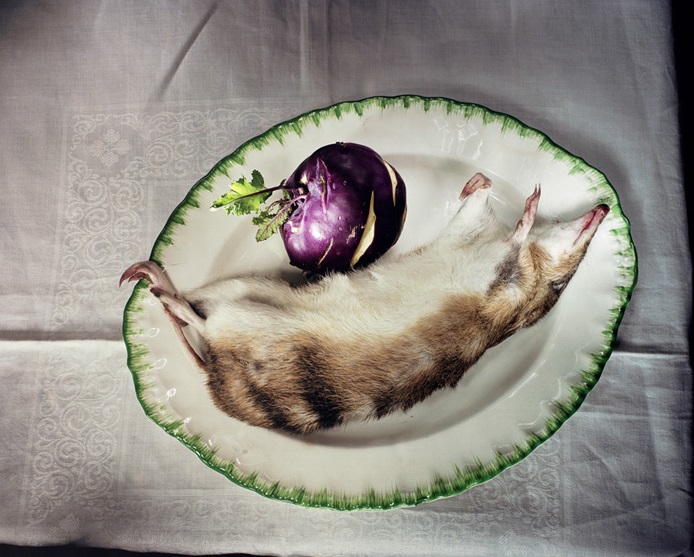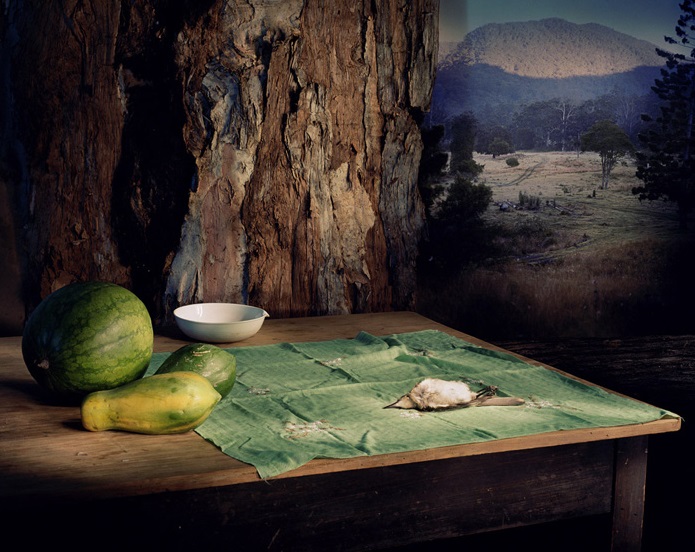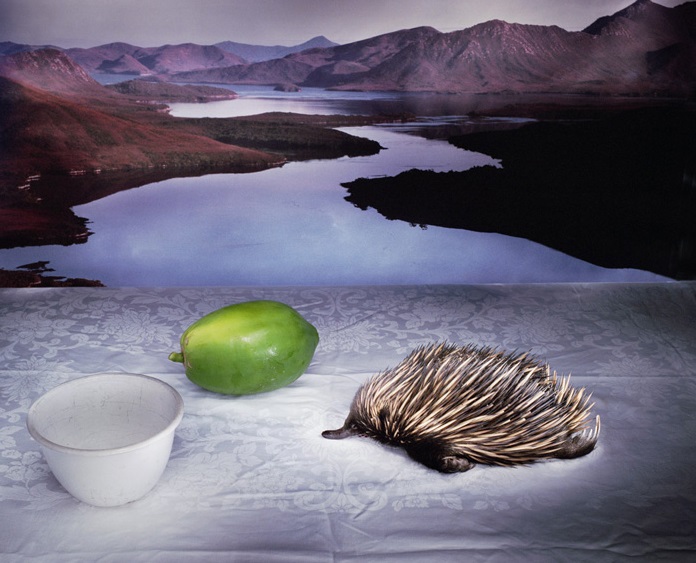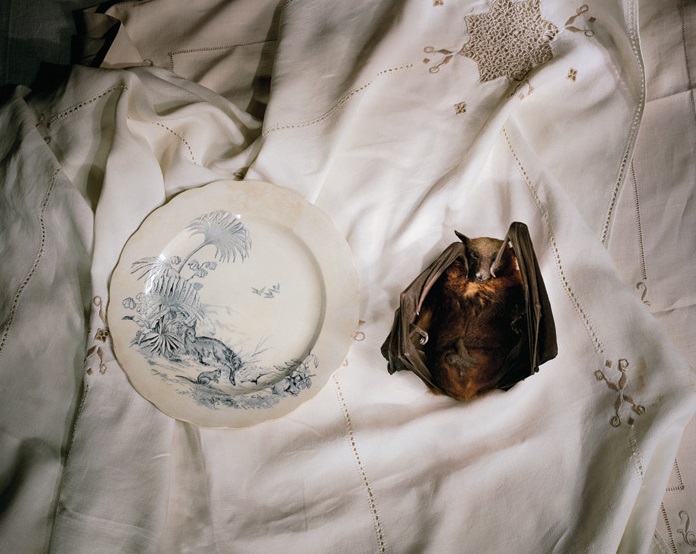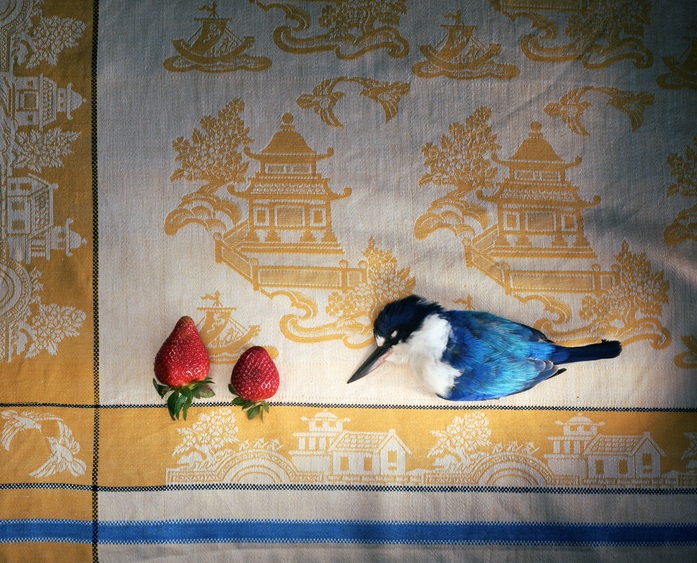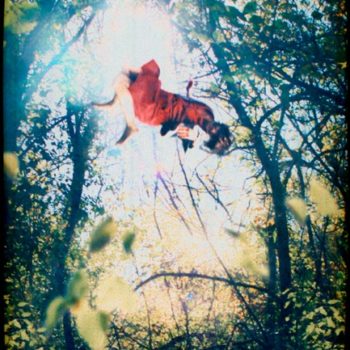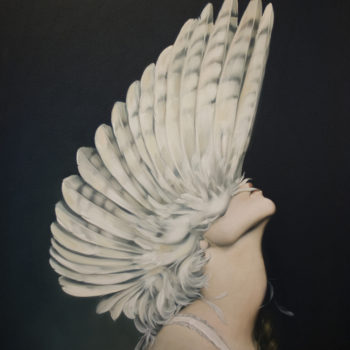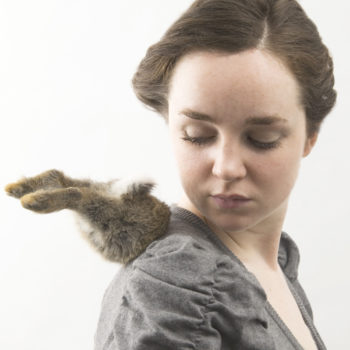There’s a lot that I love about Marian Drew. I discovered her work fairly recently and was instantly attracted to her roadkill animal still lifes, especially because they feature Australian animals (and this is a huge reason why I see value in looking at animals in death–one is given the opportunity to see and be close to an animal that it would have been in some cases impossible to experience so closely in life).
Drew works in the dark. She composes her pictures while the lights are on, then turns them off and, with a flashlight, applies light to areas of her choosing like a paintbrush. Drew believes this gives her photographs a religious, ethereal, or spiritual tone, and presents the animals as offerings or sacrifices. The practice also refers to 17th century European still life paintings and gives that type of artmaking a modern touch.
In a great short video that shows Marian Drew creating and talking about her work, the artist expresses, “We see [animals] as beautiful when they’re hopping around on the television mostly, not even in real life, but then at death they become immediately discarded and a waste.” I really enjoy the video (watch it here) and seeing an artist talk about making artwork using roadkill. I’m sure many audiences, especially those not normally immersed in art, find it very strange to see someone talking about something so non-conventional with such candor. I, for one, remember awkward silences and giggles during critiques of my work. Perhaps people think someone must be crazy to care about and make photographs of dead animals, but I appreciate all that this artist is doing.
From “Australiana (Still Life)”
Visit artist's site: mariandrew.com.au
Posted December 5th, 2013


